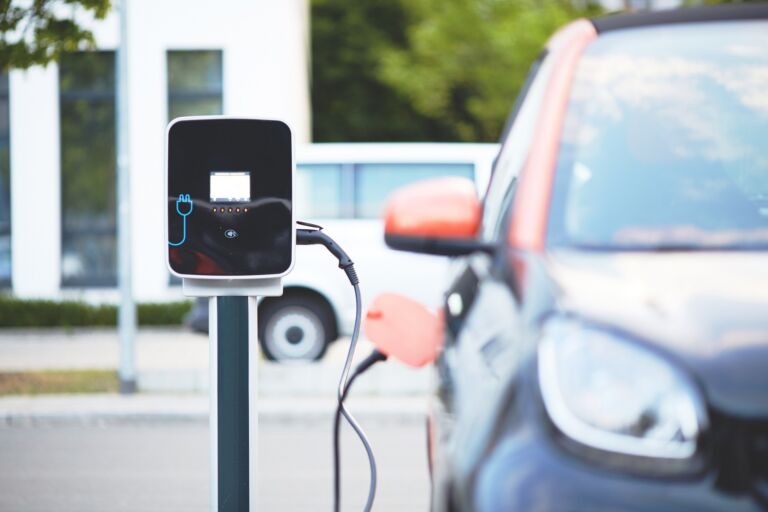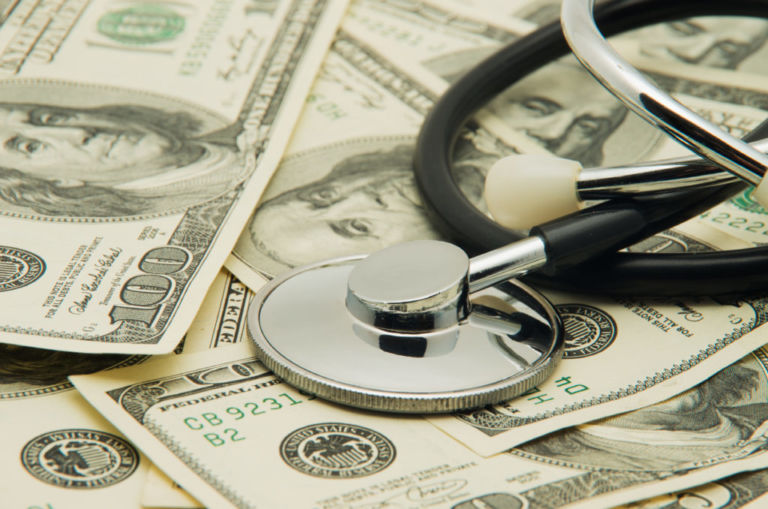Surprise bills are a hot topic in state legislatures and Congress. Most readers either have received a surprise bill or know someone who has received a surprise bill from a medical provider. Surprise bills can arise from several different scenarios, and insurance may not prevent these from happening.
Legislators and industry stakeholders are engaged in an ongoing debate about how to address this pervasive issue. A recent study published in the JAMA details the frequent occurrence of this phenomenon. Researchers analyzed claims from a large commercial insurer and found that among 347,356 patients who were treated by an in-network surgeon at an in-network, 20.5 percent of episodes had an unexpected out-of-network bill.
Some are more fortunate than others and can afford to pay their bills (or are fortunate enough to have insurance negotiate a lower balance). But many are not so fortunate and fall victim to the problems in our health care system that would lead to someone receiving a surprise bill after a procedure. Fortunately, for those who have acquired medical debt, the non-profit RIP Medical Debt has solutions. I just completed a fundraiser for RIP Medical Debt for communities in North Carolina and South Carolina. I will use this research update to explain how the RIP Medical Debt model works, how individuals may acquire medical debt, and tell readers more about my fundraiser.
RIP Medical Debt
In 2014, two former collection agency executives, Craig Antico and Jerry Ashton, founded the non-profit RIP Medical Debt. In their previous roles, they met with many individuals who owed massive sums in medical debt. The two realized they were uniquely positioned to create a solution to this problem that so many people face.
RIP Medical Debt sponsors campaigns all around the country. They use private philanthropy to purchase portfolios of debt from the secondary debt market. Hospitals or debt collectors have usually sold this debt. At this point, RIP Medical Debt can use fundraised money to purchase old medical debt for pennies on the dollar. On average, every dollar they receive can be used to wipe out $100 in old medical debt. This is a significant return on investment as the dollars raised are stretched as far as possible to wipe out as much debt as possible.
To qualify, individuals have to meet three criteria:
- Earn less than two-times the federal poverty level
- Owe debts that are 5 percent or more of annual income
- Owe debt that is greater than total assets
The individuals who qualify for this debt relief are those at the bottom of the income spectrum, that is, those who can least afford to pay their bills.
Predatory Practices
Sadly, there are many hospitals that participate in predatory pricing and billing, including providers that serve vulnerable patients who seek care at their hospital or emergency room. But as Marty Makary would say, not all of these hospitals or doctors are bad actors. Instead, most of them are good actors that inherited a bad system with bad incentives.
One of the worst examples is EmCare, the emergency room staffing company. After EmCare takes over a hospital’s emergency room staffing, the rate of out-of-network bills skyrockets. Another example is Mary Washington Hospital in Virginia. For a long time, they would sue patients and even garnish wages to collect unpaid medical bills. A hospital in a Kansas town of 9,000 was similarly aggressive in suing patients. A non-profit hospital, Methodist University, in a small town in Tennessee was making millions by suing patients. Patients in the small town of Carlsbad, New Mexico, faced over 3,000 lawsuits from the local hospital since 2015.
These are just a few examples. A simple search on Google will reveal many more heartbreaking stories of individuals who are charged a massive amount for a simple procedure from an out-of-network doctor and eventually are sued or have their income garnished. The point is to say this is a common occurrence, and there are varying degrees of severity. It could happen to anyone who has an emergency or even does their research and properly plans a procedure. The system incentives it, and often patients can’t do much about it.
My Fundraiser
This past year I participated in the E.A. Morris Fellowship, which is a program for emerging leaders in North Carolina between ages 25 and 40. One of the requirements for the fellowship was to complete a service project. Around the time that I was deciding what I would do for my service project, I came across a news article detailing how RIP Medical Debt was helping people. After learning that they sponsor campaigns all around the country, I immediately reached out to see how I could start this fundraiser.
When I first spoke to the representative from RIP Medical Debt, I told them that I wanted to raise money to wipe out debt for communities all across North Carolina and South Carolina. At that time, the representative told me there was around $2.8 million in eligible debt. Given this number, I set my goal at $30,000 to hopefully wipe out all of the eligible debt for the Carolinas.
The fundraiser I held had two parts. First, there was an online campaign in which I shared my campaign page across social media pages and raised money online. Second, I held a fundraiser event at the HQ Capital Club downtown. The proceeds from the tickets to the event and a silent auction at the event all went towards the final goal.
In early January, much to my surprise, I was notified that the Refuge Church in Kannapolis, NC, planned to donate $25,000 to my campaign. This church group does an annual end-of-year offering and chose to donate this year’s collection to my campaign. I am beyond grateful for the generosity of this congregation.
On my own, from fundraising around the state and proceeds from the event, I was able to raise another $6,740. That brought the total to $31,220 for my North Carolina and South Carolina RIP Medical Debt fundraiser. This sum will wipe out upwards of $3 million in old medical debt held by those who need help the most.
I did this fundraiser for several reasons. I did it to satisfy the requirements of my fellowship program. I did it because my position at the John Locke Foundation has made me aware of how easy it is for someone to receive a devastating bill from a hospital or provider. But I mainly chose this project because I believe in the power of the private sector to solve complex problems. Partnering with RIP Medical Debt to forgive old medical debt is one of those private market solutions.
RIP Medical Debt campaigns will not solve all of the core issues that cause people to end up with crippling medical debt. But it is one example of how the current system is failing patients, and the private sector is stepping up to help community members who are in need.


